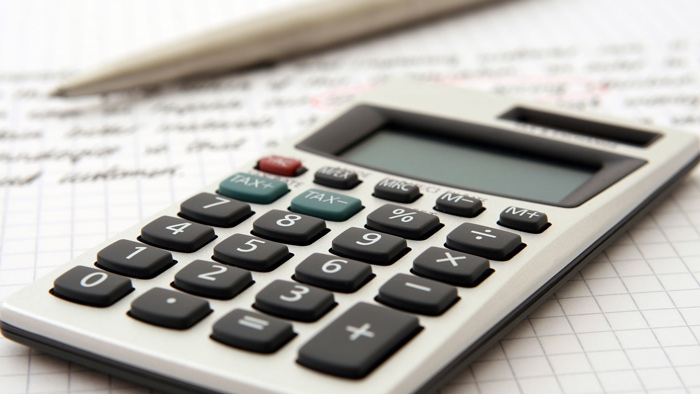What is the Asset Valuation Method and how do we Value a Business on the basis of Assets?
Asset valuation is where you assign separate values on a going concern basis to all the assets of the business and value the business at the total figure. Its shortcomings are:
- It assumes that the total assets can be utilised to generate acceptable future maintainable profits
- It places no emphasis on the concept of future maintainable profits
- Excessive total value can be derived if the enterprise is asset heavy e.g. manufacturing concerns (plant etc.) and stock-heavy businesses where the value would be greatly reduced if the stock had to be sold quickly.
The different methods of valuing assets are:
Going Concern Value: This may be the highest amount at which assets are valued. It is the value of the assets in situ, or in their current position and being used in a business. This figure is invariably higher than the net realisable value of the assets. When you look at a going concern valuation, if you look closely you will always see some “goodwill” built into the value ascribed. This is probably the most common method adopted when valuing a business by its assets.
Replacement Value: This is the price you would have to pay if you had to go out and pay for that equipment in its current condition. You can take into account some of the costs of installation and other sunk costs in setting the business up. This value will often correspond closely to the Going Concern Value above.
Depreciation Value: This is obviously the value of the equipment according to the depreciation schedule and taking into account any recent depreciation since the last balance sheet. Of course the rate of depreciation allowed by the tax authorities is often very generous to business owners, and hence depreciation value is often less than its going concern or replacement value. Most business sellers will want to sell their assets for no more than the depreciation value, otherwise tax that would not otherwise be payable may become payable. In some cases the figure recorded against the assets in the contract of sale is a matter of negotiation between buyer and seller.
Net Realisable Value: This measures what you would get for the equipment if you had to sell it immediately, taking into account any sale commission, auction/dealer fees and transport costs, if so required. Often also called “liquidation value”.
The asset method is best used, if at all:
- As a check on other methods
- Where the business has low profits compared with its total assets.



